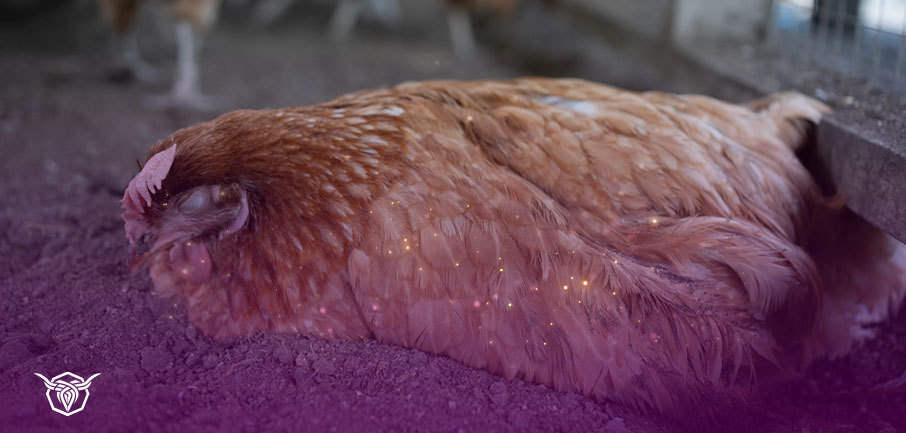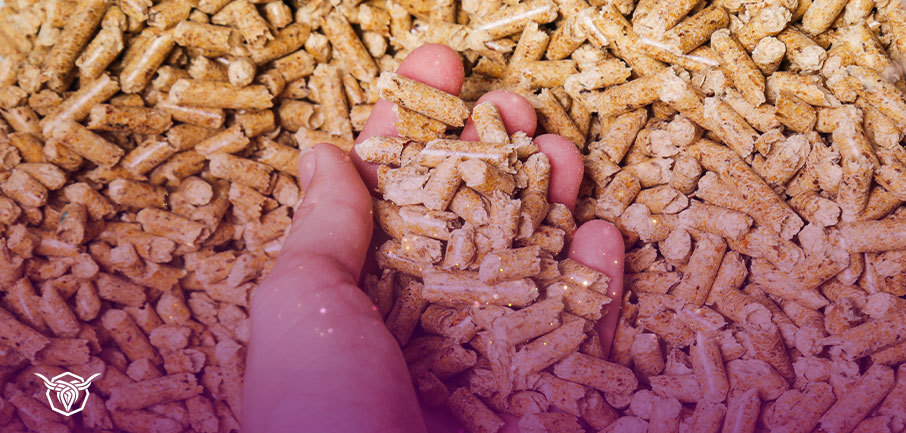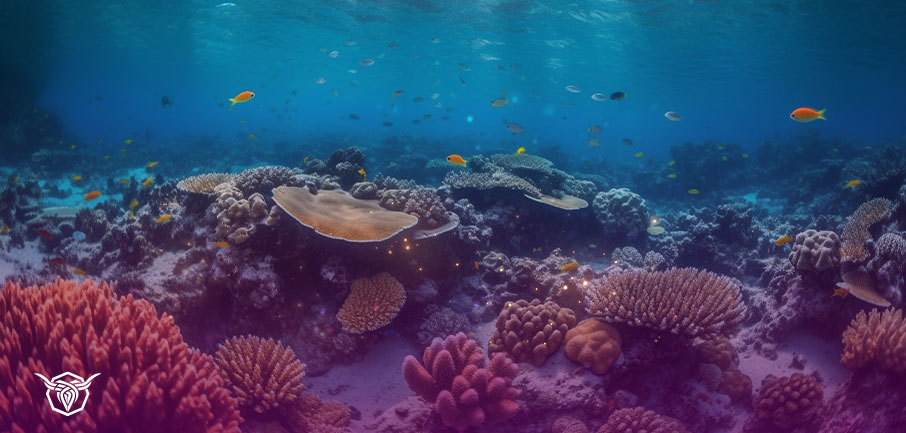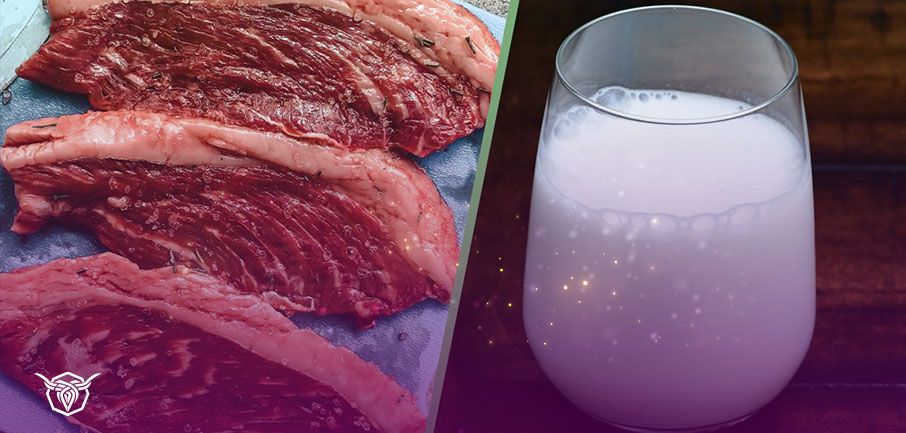COCCIDIOSIS

اعداد د. عماد أديب
تخرج من كلية الطب البيطري - جامعة الزقازيق عام 2001
حصل على دبلومة دواجن و دبلومة فارماكولوجيا و عدد من الدورات فى الدعاية و التسويق و...
COCCIDIOSIS
- Definition
Coccidiosis is a common intracellular parasites protozoan disease in domestic birds and other fowl. Affecting the intestinal tract, (exception of the renal coccidiosis in geese and ducks) which characterized by enteritis, ruffled feathers, anemia and bloody diarrhea.
- Causes:
• Coccidiosis is caused by protozoa of the phylum Apicomplexa, family Eimeriidae.
• In poultry, most species belong to the genus Eimeria and infect various sites in the intestine.
• Coccidiosis of poultry is caused by several species of coccidia:-
- E. tenella causes caecal coccidiosis usually in young chicks.
- E. necatrix develops in the small intestine (early stages) and later in the cecum (sexual stages).
These two are the most pathogenic and most important species of coccidian because schizogony occurs in the lamina propria and crypts of Lieberkühn of the small intestine and ceca, respectively, and causes extensive hemorrhage.
- E. brunetti affecting the posterior half of the small intestine, rectum, and cloaca.
There is catarrhal enteritis and petechiae with blood-tinged exudate in the posterior part of the small intestine, and characteristic yellowish-white caseous material may be found in the lumen of the intestine and rectum.
- E. maxima and E. acervulina both species develop in epithelial cells, primarily in the upper part of the small intestine and the lesions appear as numerous grey or whitish bands through the serous membrane. In acute cases, the duodenum is acutely inflamed and red in colour.
- E. mitis These species affect the anterior part of the small intestine and they are not very pathogenic.
- Ε. hagani This species affects the anterior half of the small intestines and lesions appear as pin head sized haemorrhages seen from the serous wall.
- E. mivati. This species initially affects the anterior part of the small intestine and then it moves slowly down the gut.
- E. adenoeides is one of the most pathogenic of the turkey coccidia produced in the ceca.
- The common species of Eimeria found in commercial turkey operations are E. meleagrimitis, E. adenoeides, E. meleagridis, and E. dispersa. E. gallopavonis is seen in a low percentage of flocks.
- E. truncata, which causes renal coccidiosis, and E. anseris, which causes intestinal coccidiosis in Gees and ducks.
- Although 13 species of coccidia have been reported from domestic and wild ducks, the most important are Eimeria, Wenyonella, or Tyzzeria.
- Economic Significance
- One of the most important diseases that cause a lot of losses in the poultry industry
- Increased mortality rates from 25 - 40%
- High rates consumption of feed without conversion.
- Significant loss in live weight 5-10%
- Increased drug consumption.
- Lack of effectiveness of immunizations and medicines.
- Infection with some other diseases such as cholestridia.
- General decrease in the immunity of the bird.
- Poor quality of meat and refusal to slaughter it.
Susceptibility
• Broilers are more commonly infected.
• Young birds are more susceptible than older birds.
• Coccidiosis usually occurs more often in warm months rather than cold months.
• A poorly fed brid are more suscepitble than well fed birds.
• Concurrent diseases like clostridiosis.
• Coccidia are distributed worldwide in poultry, game birds reared in wild birds.
• Coccidiosis rarely occurs in layers and breeders during the laying cycle because of prior exposure to coccidia resulting immunity.
Pathogenesis
• Clinical disease occurs only after ingestion of relatively large numbers of sporulated oocysts by susceptible
• Both clinically infected and recovered birds shed oocysts in their droppings, which contaminate feed, dust, water,
litter, and soil (faecal-oral route
• Oocysts may be transmitted by mechanical carriers (eg, equipment, clothing, insects, farm workers, and other animals).
• Fresh oocysts are not infective until they sporulate; under optimal conditions [21°–32°C] with adequate moisture and oxygen, this requires 1–2 days.
• Pathoanatomically, dehydration and a high degree of anaemia of the body and viscera are discovered.
• The infectious process is rapid (4–7 days) and is characterized by parasite replication in host cells with extensive damage to the intestinal mucosa.
The life cycle of coccidiosis is important to understand how to control this parasite.
The life cycle starts with what is known as an unsporulated oocyst. In this state the oocyst is unable to cause disease if eaten.
The oocyst has a thick wall which protects it from heat, cold and even common disinfectants. This enables coccidiosis oocysts to survive for up to several years and makes it difficult to destroy them.
When the sporoulated oocyst is eaten by the chicken, chemicals in the gut break down the oocyst wall and release the infective form of the coccidiosis called the sporocyst.
These sporocysts change into sporozoites which invade the cells of the gut wall and replicate.
When the sporozoites have replicated in the cell, the cell releasing another stage of coccidiosis called merizoites.
These merizoites go on to invade and destroy more of the cells in the gut wall. Eventually the coccidiosis infection results in the production of more oocysts which are passed out with the faeces into the environment and can go on to infect other chickens.
The damage to the gut wall reduces the ability of the gut to absorb nutrients resulting in weight loss and diarrhoea.
Mortality is highest between the fourth and sixth days. Death may occur unexpectedly, owing to excessive blood loss.
Birds that recover may develop a chronic illness as a result of a persistent cecal core. However, the core usually detaches itself by eight to ten days and is shed in the droppings.
Clinical signs
Incubation period is 5-6 days in acse of cecal Coccidiosis and 5 days in acse of intestinal Coccidiosis.
The more oocysts eaten by the chicken the more sever the disease.
Weak and listless
May see pale comb and skin look dirty and unkempt
May be sick one day and drop dead the next day
Not eating and drinking much
Blood in poop (Some types of coccidiosis don't have bloody poop as a symptom)
The area around the vent is stained with blood.
Severe infection that causes yellow foamy poop
Lesions
These lesions can be found in the upper small intestines or lower large intestines and ceca.
Internal organs are appearing anaemic.
The caeca are filled with fresh or clotted blood.
In small intestinal coccidioses, depending on the eimeria species, haemorrhages with various intensities in different parts along the intestine are observed.
In many instances, the haemorrhages are petchial and could be seen through the intestinal wall.
Microscopically
The microscopic examination of a native preparation of intestinal content or superficial mucosal layer reveals a significant number of oocysts in one observation field or May reveals numerous clusters of large schizonts
Immunity:
• Protective immunity usually develops in response to moderate and continuing infection.
• If a chicken eats a few oocysts and the gut are destroyed then the chicken will not have any ill effects and will go on to become immune to coccidiosis.
• In general, immunity is not given from the hens to their chicks and the chicks will get exposed to coccidiosis in the first few weeks of life and will go on to develop immunity with or without clinical disease.
• When chickens are immunized with multiple doses of E. tenella, immunity will last up to at least 105 days
• There also appears to be some degree of cross-immunity between E. tenella and E. necatrix.
• Immunity is usually species specific and probably the sporozoite is the immune response.
Control and treatment:
. For the purposes of treatment and prevention of coccidiosis it is unimportant to ascertain which species is causing disease in your birds and in many cases several species may be working together to cause disease.
. All types of drugs used for coccidiosis control are unique in the mode of action, the way in which parasites are killed or arrested, and the effects of the drug on the growth and performance of the bird. Following are the most important characteristics.
. A drug may be efficacious against 1 or several of these parasites; very few drugs are equally efficacious against all.
1) Hyginc
For birds living outside keep the bedding in the house clean and dry with good ventilation also clean waterers and feeders every time you refill them.
Cleaned and disinfected to remove and destroy the coccidiosis oocysts.
Avoid overcrowding.
2) Anticoccidial Drugs:
Programs for Use of Anticoccidial Drugs in Broilers
In broilers, the objective is usually to produce the maximum growth and feed efficiency with minimum of disease, and in layers or breeders, the objective may be immunization.
The choice of a product or program may depend on some factors which affect exposure.
a- Feed supply mediction:
i. Continuous Use of a Single Drug:
Often, a single product will be used from day 1 to slaughter, or with a withdrawal period of 3–7 days.
ii. Shuttle or Dual Program:
The use of 1 product in the starter feed and another in the grower feed is called a shuttle program in the United States and a dual program in other countries.
Some programs might contain as many as 3 drugs, with 1 drug in the starter, another in grower, and yet another in the finisher.
The use of shuttle programs is thought to reduce buildup of drug resistance.
iii. Rotation of Products:
It is considered sound management to make periodic changes in anticoccidial drug use. Most producers in the United States consider changes in the spring.
The seasonal rotation of products is intended to correspond with the intrinsic properties of the drugs. In the United States, nicarbazin must be used principally in the cooler months of the year, which also corresponds with maximum coccidiosis challenge.
In the summer months, coccidiosis challenge tends to be milder, so weaker anticoccidials are used.
N.B: Feed additive to prevent disease often associated with subacute infection. Prophylactic use is preferred, because most of the damage occurs before signs become apparent and because drugs cannot completely stop an outbreak.
Antibiotics and increased levels of vitamins A and K are sometimes used in the ration to improve rate of recovery and prevent secondary infections.
b- Water supply mediction:
- Amprolium
Is an antagonist of thiamine (vitamin B1).
Amprolium has poor activity against some Eimeria spp.
The primary use of amprolium today is for water treatment during clinical outbreaks.
- Folic acid antagonists
Include the Sulfonamides, Diaveridine and Ethopabate.
These compounds are structural antagonists of folic acid or of para-aminobenzoic acid (PABA).
- The ionophores (monensin, salinomycin, lasalocid, narasin, maduramicin, and semduramicin)
The ionophores affect both extra- and intracellular stages of the parasite, especially during the early, asexual stages of parasite development.
Interact with methionine to reduce feather growth, but this relationship is not clear.
Salinomycin is highly toxic to turkeys at levels greater than 15 g/ton and causes excessive mortality at the level recommended for use in chickens (60 g/ton), while monensin and lasalocid are well tolerated in turkeys at the level used for chickens.
- Diclazuril and toltrazuril
Highly effective against a broad spectrum of coccidia.
Diclazuril acts in early schizogony with E.tenella but is delayed to later schizogony with E. acervulina and to the maturing macrogamete with E. maxima.
1- Follow on with provision of multivitamins and a probiotic to restore gut flora.
3) Vaccination:
Species specific immunity develops after natural infection.
Protective immunity is primarily a T-cell response.
Most commercial vaccines contain live oocysts of coccidia that are not attenuated.
N.B: Do not feed medicated starter feed if your chicks have been vaccinated against cocci. This will neutralize the vaccine.
4) Disinfection and Sanitation






